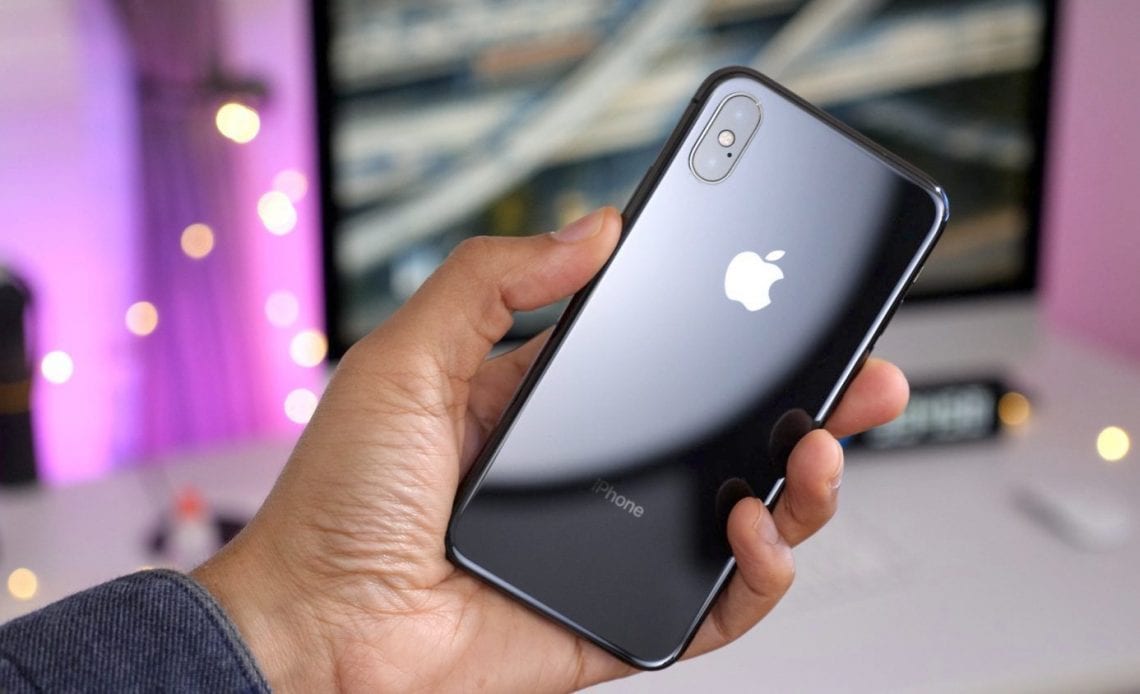
Apple analyst Ming-Chi Kuo is out today with a new report focused on the 2020 iPhones. The report reiterates that Apple is likely to incorporate time-of-flight sensors into future iPhones, starting in 2020.
According to Kuo, two of the new iPhones introduced in 2020 will feature time-of-flight sensors. These sensors could improve photo quality from the iPhone camera, as well as offer new augmented reality features. reported this earlier in July, and we explained:
A time-of-flight VCSEL is similar to the infrared TrueDepth camera system found in iPhones today on the front of the device, which enables Face ID. Adding such a 3D-sensing system to the back camera would enable higher-fidelity 3D photo captures, potentially opening up new augmented reality opportunities.
Kuo also says that Apple will stick with Face ID in 2020, predicting that Apple will introduce three new iPhones in 2020 with support for Face ID.
This isn’t the first time Kuo has reported on Apple’s efforts in time-of-flight sensing technology for iPhones and iPads. Last year, Kuo said that Apple would first bring the 3D sensing technology to the iPad line sometime in early 2020.
A ToF-system in the rear of the 2020 iPhones would work at much longer distances than the front-facing TrueDepth sensors used for Face ID. As Kuo says in today’s report, these sorts of sensors enable a wide range of new augmented reality applications as they provide much higher-fidelity 3D photo captures than Apple’s current technology.
Over the weekend, Kuo published a new report saying that all three new iPhone models in 2020 will support 5G connectivity. He added that 5G iPhone models will support both mmWave and sub-6GHz bands, allowing them to interoperate well with the 5G cell towers installed across the United States.
Apple is expected to introduce an all-new iPhone lineup in 2020 with 6.7-inch, 5.4-inch, and 6.1-inch screen sizes. For 2019, Apple is expected to introduce three new iPhone 11 models, with new camera features and more.
Author:
Source: 9TO5Google
Tags:



